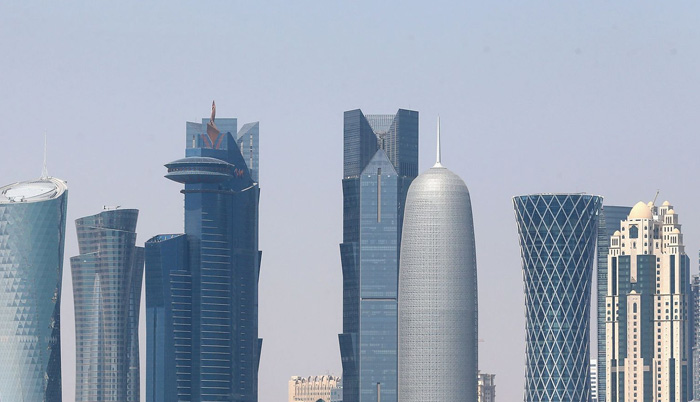![]() Home > World Business
Home > World Business
Australia Highly Unlikely To Change Interest Rate: Economists

Photographer: Brendon Thorne/Bloomberg
![]() May 1st, 2017 | 11:00 AM |
May 1st, 2017 | 11:00 AM | ![]() 746 views
746 views
AUSTRALIA
Australia’s central bank was already highly unlikely to shift policy at Tuesday’s meeting. Now it has even less incentive to do so.
Policy makers will leave the benchmark interest rate unchanged at 1.5 percent for a ninth month, money markets bet and economists predict, after data last week showed inflation creeping higher. A day later, the government moved to give itself leeway to fund major infrastructure projects by redefining its debt -- potentially adding long-overdue fiscal stimulus to the economy.
“The fact that inflation has lifted from its lows probably reinforces the Reserve Bank’s inclination not to do anything,” said Shane Oliver, head of investment strategy at AMP Capital Investors in Sydney. “The noise around infrastructure spending only adds to that case.”
The RBA has a fine line to tread. Its record-low cash rate is designed to steer the economy away from mining and toward services and manufacturing industries. Indeed, Governor Philip Lowe has said there are signs that non-resources investment is finally lifting.
But cheap money has also sent Sydney and Melbourne house prices soaring and private debt to record levels. Lifting interest rates in response is too risky: it would damage the economic recovery given slack in the labor market, record-low wage growth and inflation that remains tepid despite recent gains.
Bear Market
At the same time, Australia’s biggest export, iron ore, has fallen into a bear market, potentially undermining any boost to government revenues from an unexpected rally in prices last year. The Aussie dollar, which normally tracks commodity prices, has remained fairly static around the 75 U.S. cent mark, providing a headwind for key exports like education and tourism. More positively, business conditions have improved recently.
But it’s the opportunities provided by the splitting of debt in the May 9 budget, flagged by Treasurer Scott Morrison last week, that could alter the equation. The government had been constrained on infrastructure spending by efforts to bring a budget deficit under control and ensure it doesn’t preside over the loss of the nation’s AAA credit rating.
In distinguishing between so-called good debt used for productivity enhancing infrastructure and bad debt for recurrent expenses that should be met via tax revenue, it opens up options for the government. The move also has support from the RBA and the International Monetary Fund.
“The separation of debt may give the government more wriggle room to put more money into infrastructure,” said AMP’s Oliver.
Rail, Airport
One project under consideration is an inland rail network that local media speculate will see the government provide A$1 billion ($747 million) to kickstart. It would move goods from Brisbane to Melbourne in under 24 hours. The government is also expected to contribute to construction of Sydney’s second airport, a vital piece of infrastructure in the city’s sprawling and electorally volatile west.
The downside is that infrastructure projects tend to have a long lead time and the benefits of economic stimulus and hiring take time to flow through.
Still, if the consensus among economists and traders is right, and slightly faster inflation implies no further rate cuts, the question then becomes: when will the RBA consider tightening again?
It “largely depends on the outlook for wages growth,” said Paul Bloxham, chief Australia economist at HSBC Holdings Plc, who sees a rate hike in the first quarter of 2018. “Our central case sees the unemployment rate gradually falling in coming quarters and wages growth lifting in the second half of this year.”
Source:
courtesy of BLOOMBERG
by Michael Heath
If you have any stories or news that you would like to share with the global online community, please feel free to share it with us by contacting us directly at [email protected]